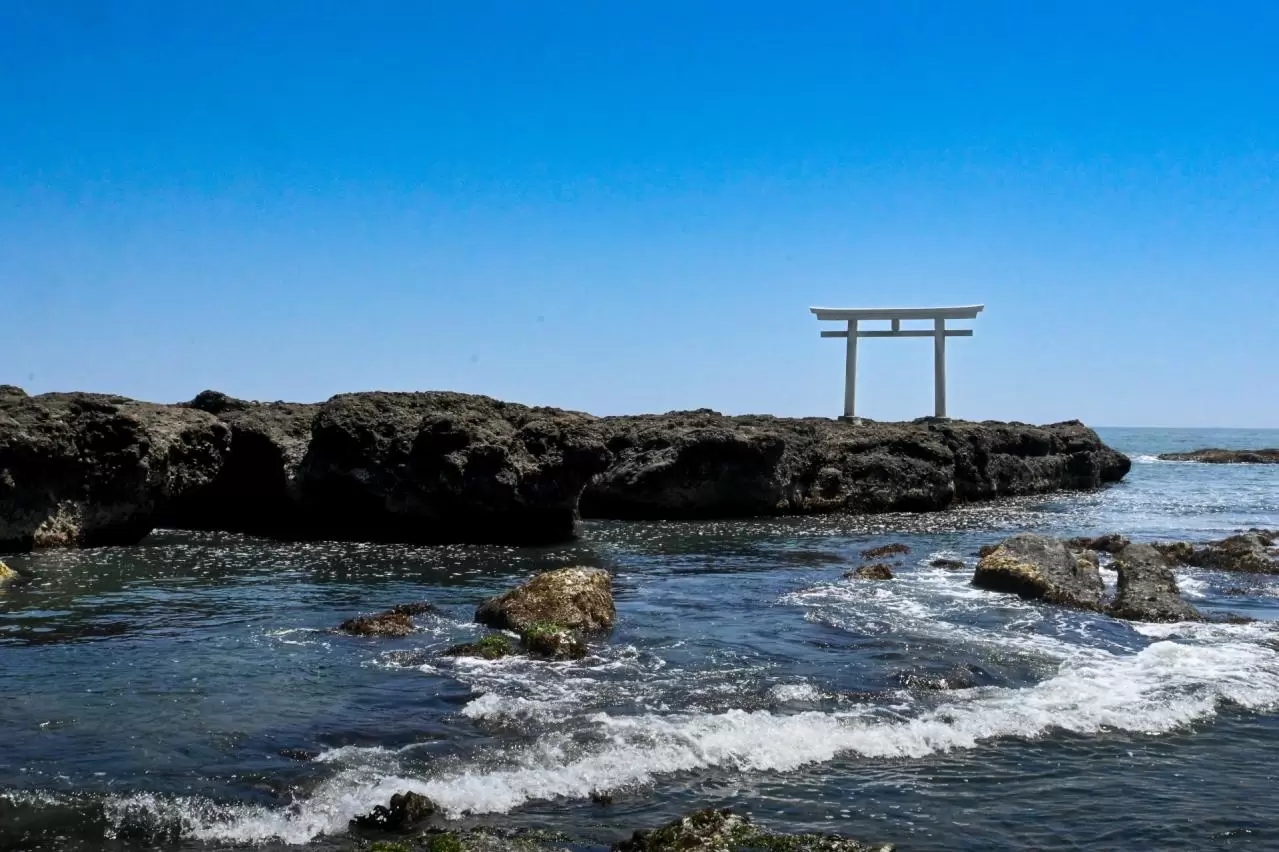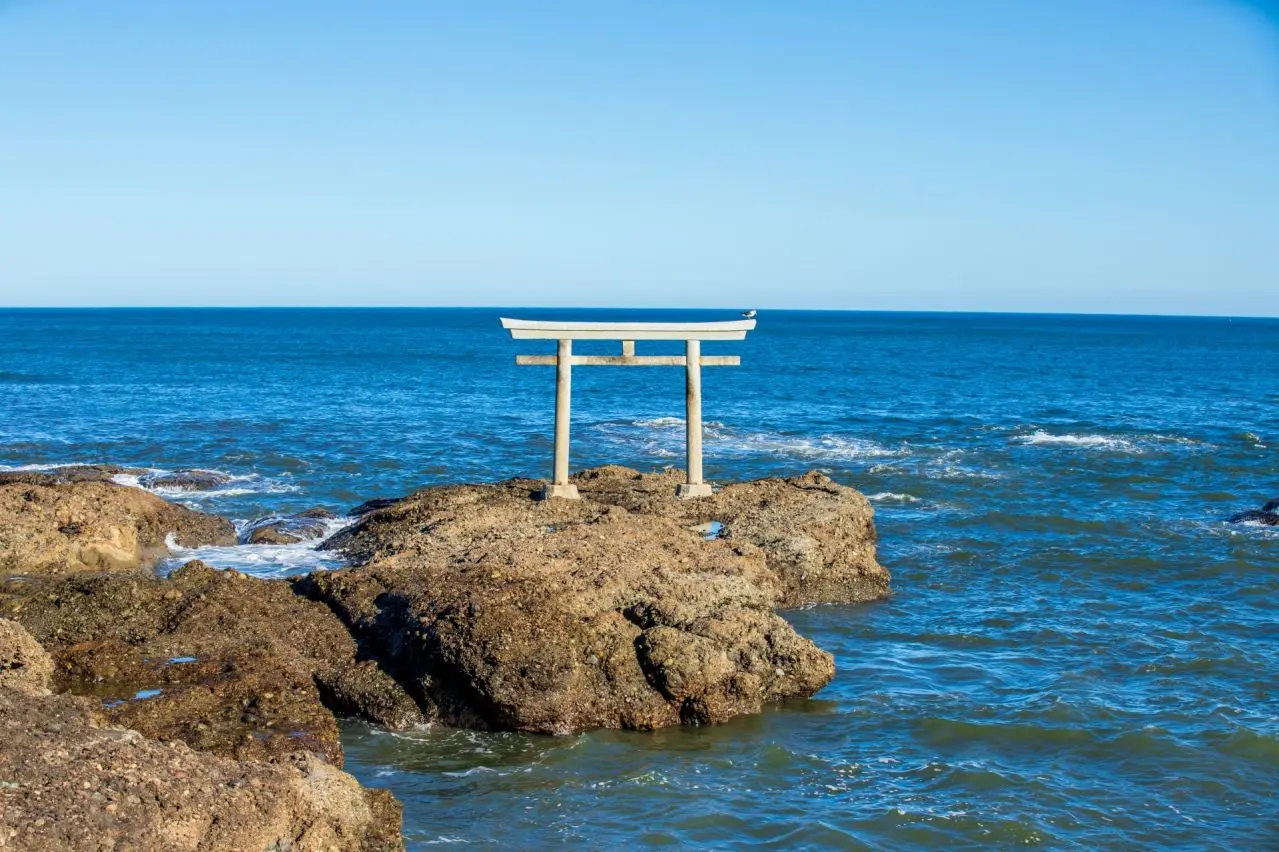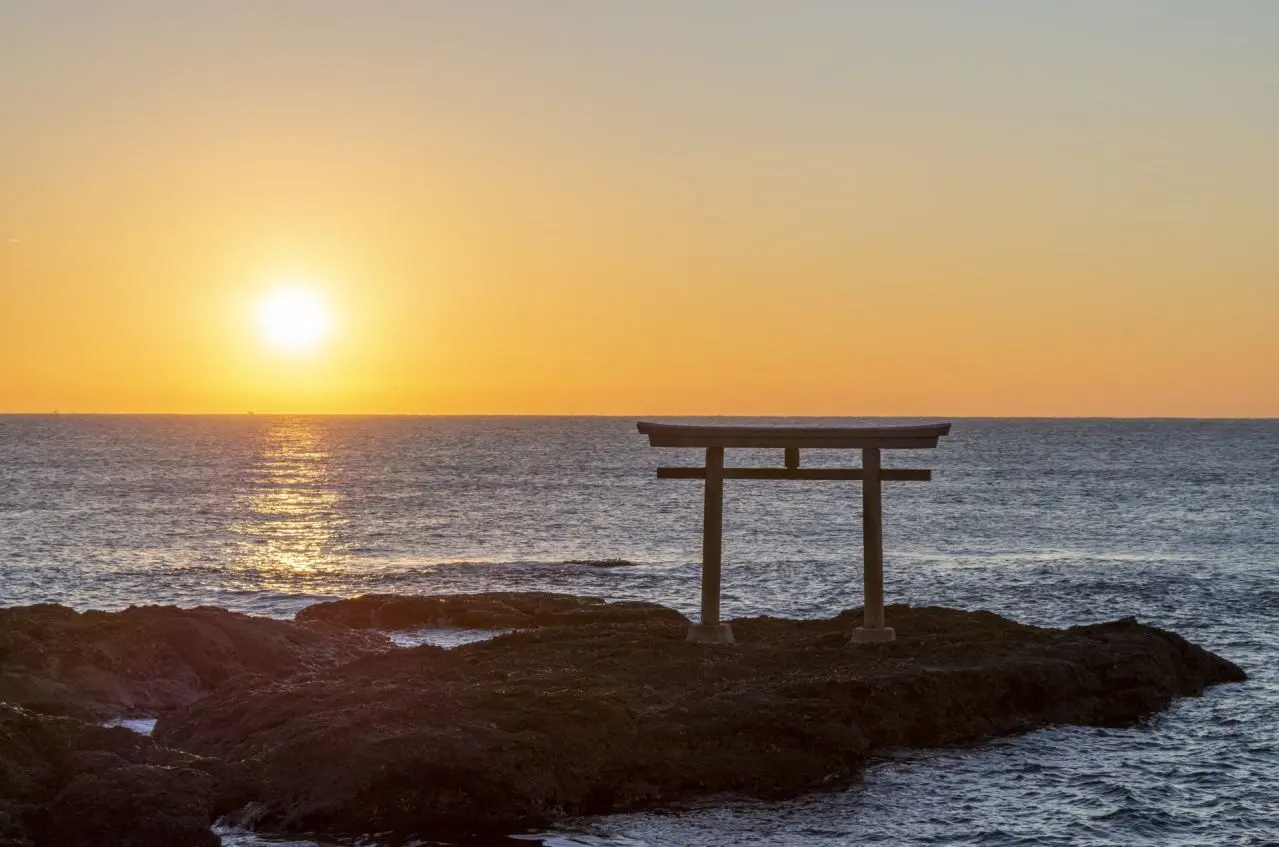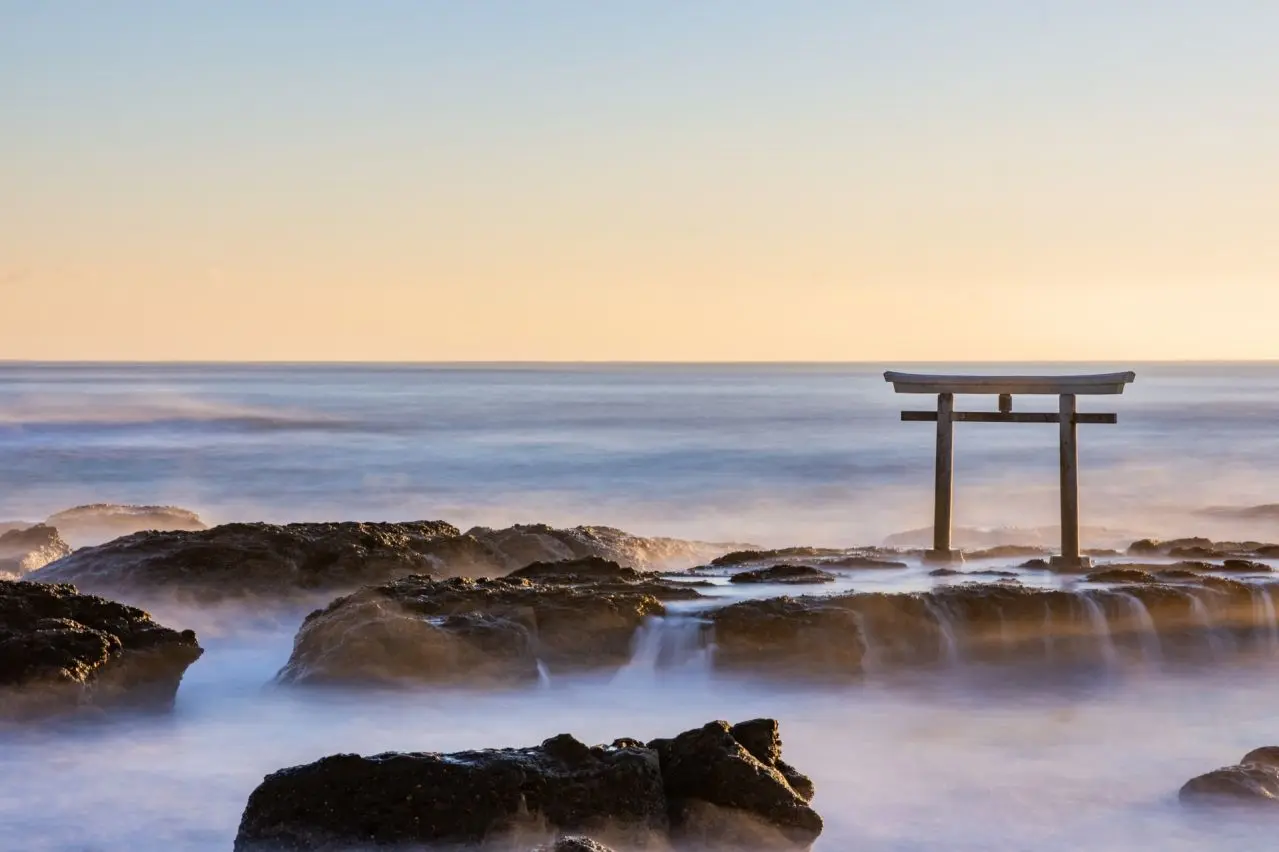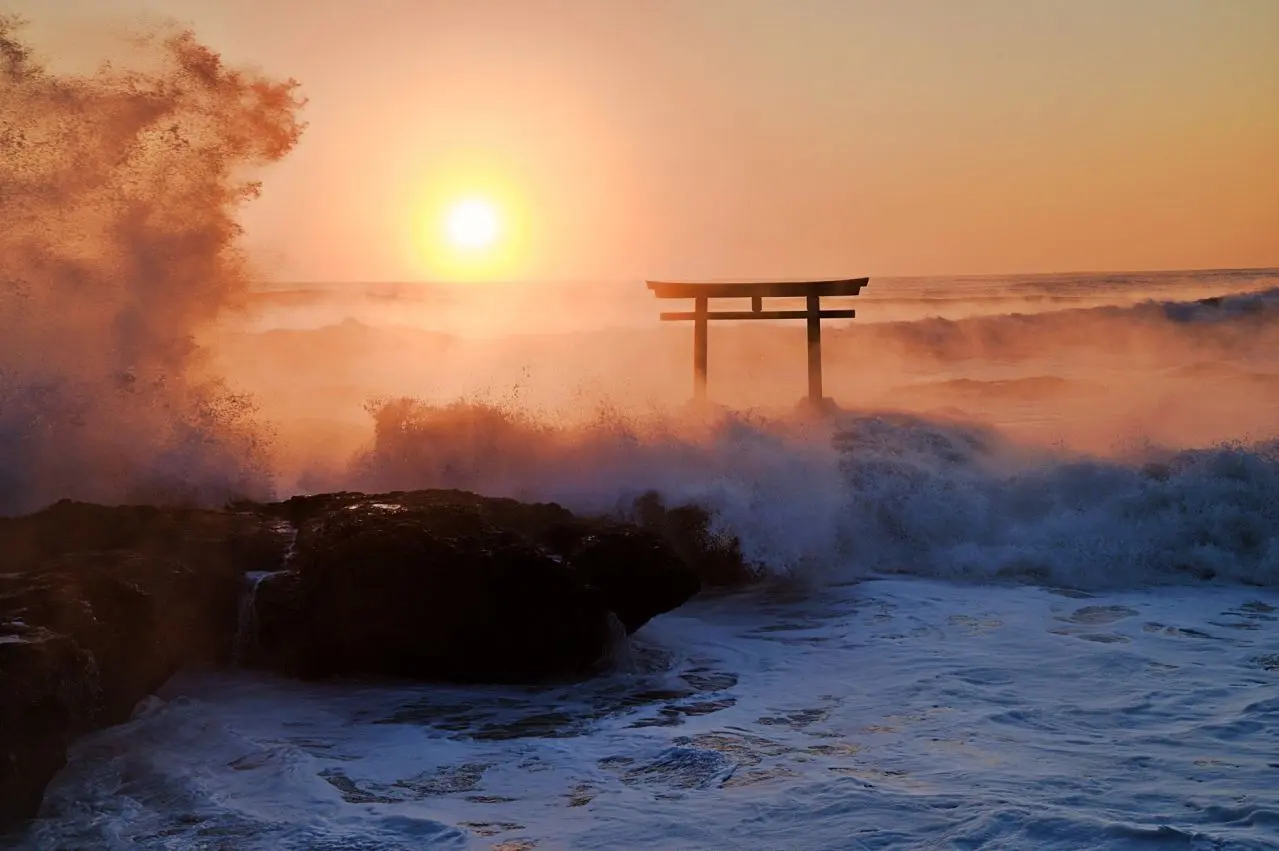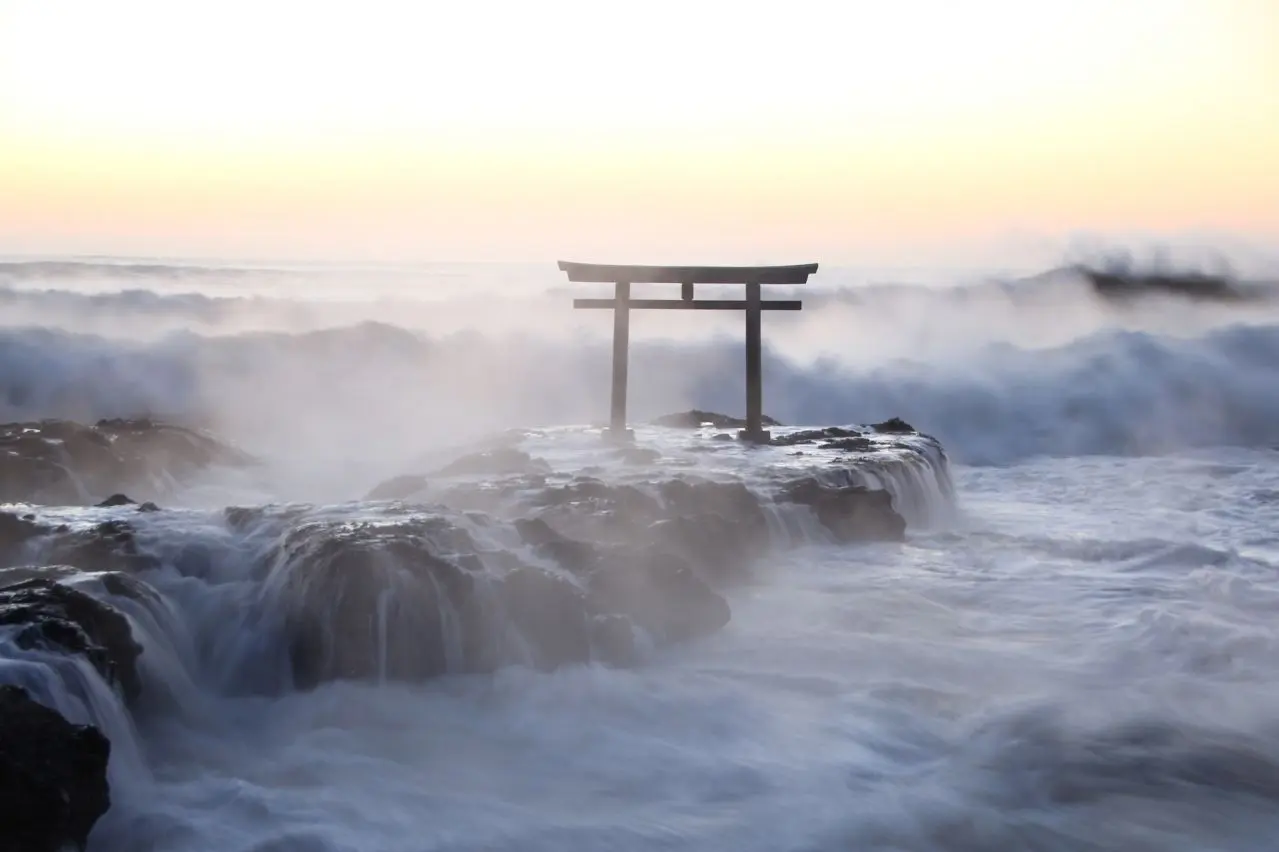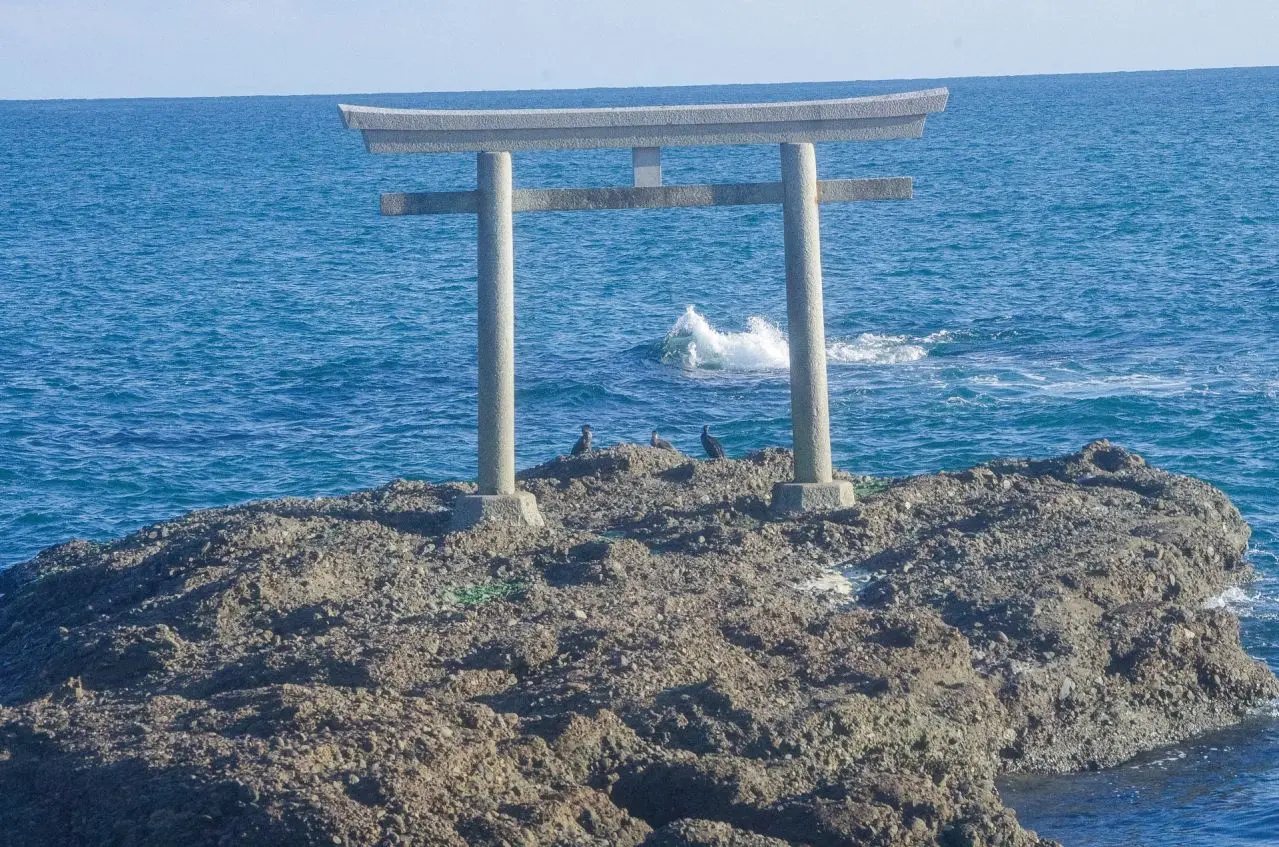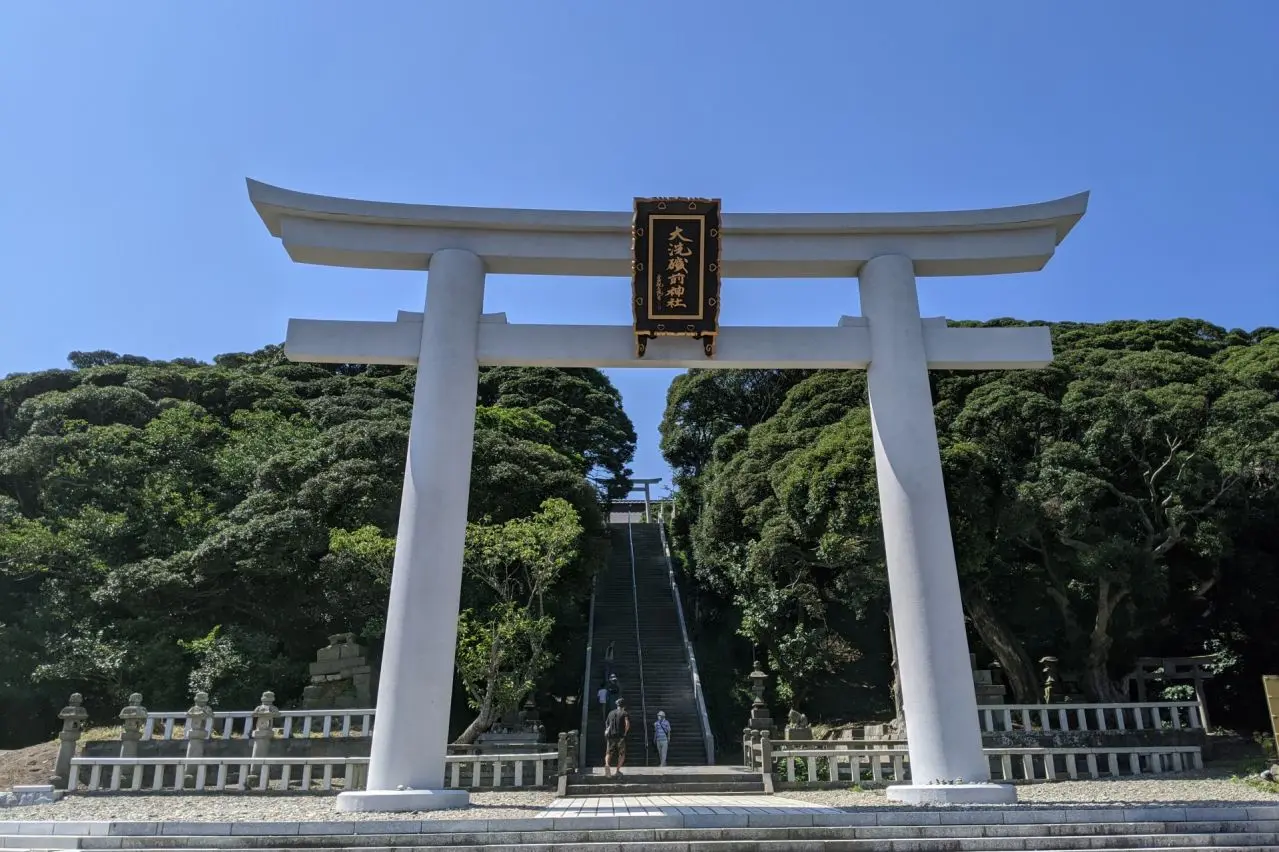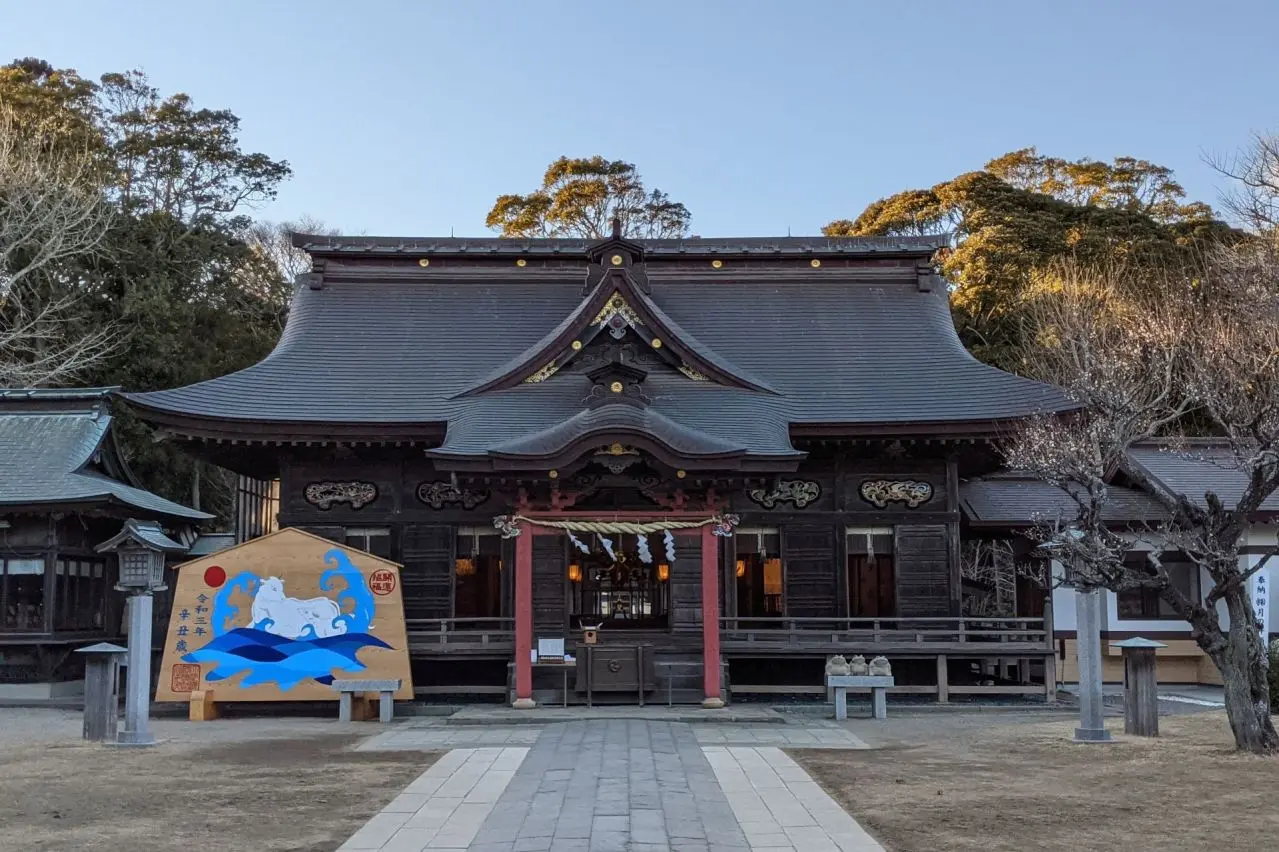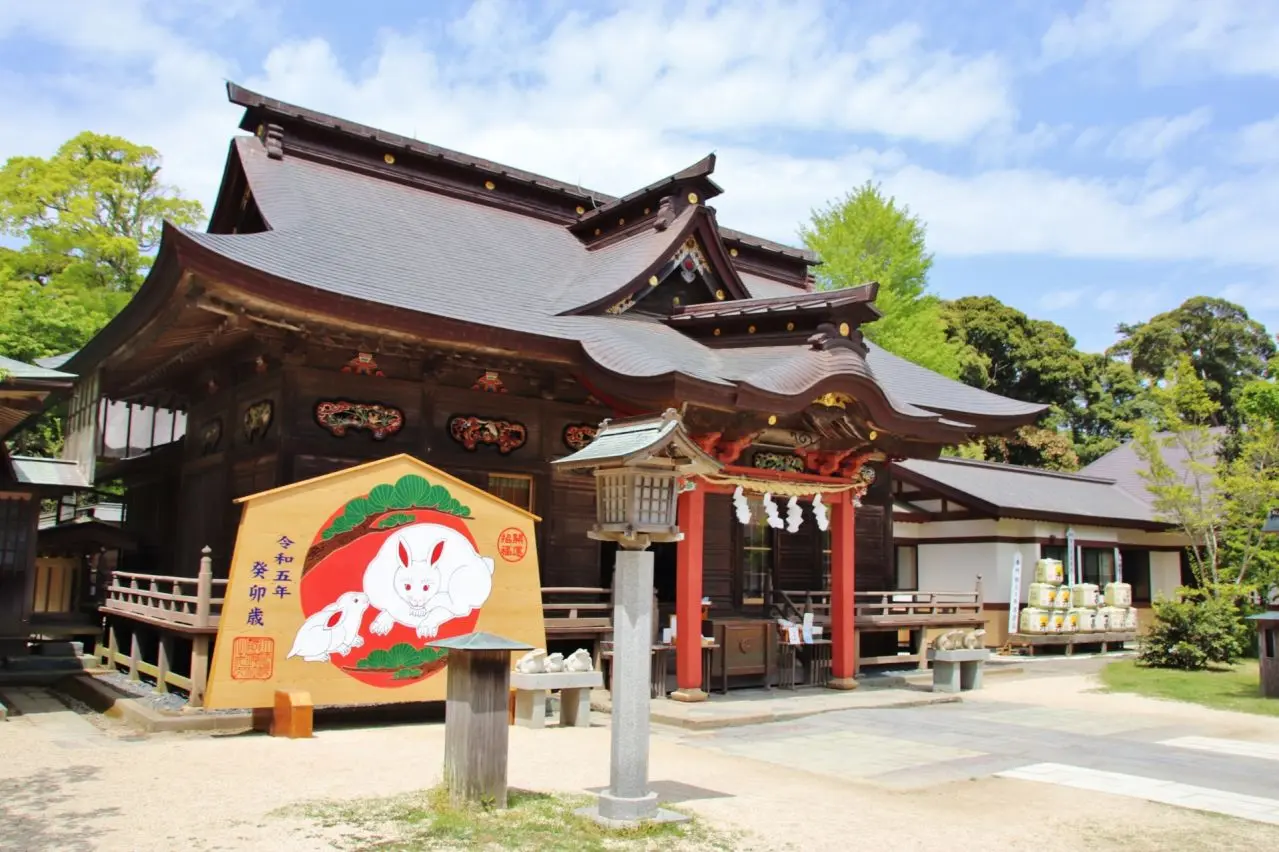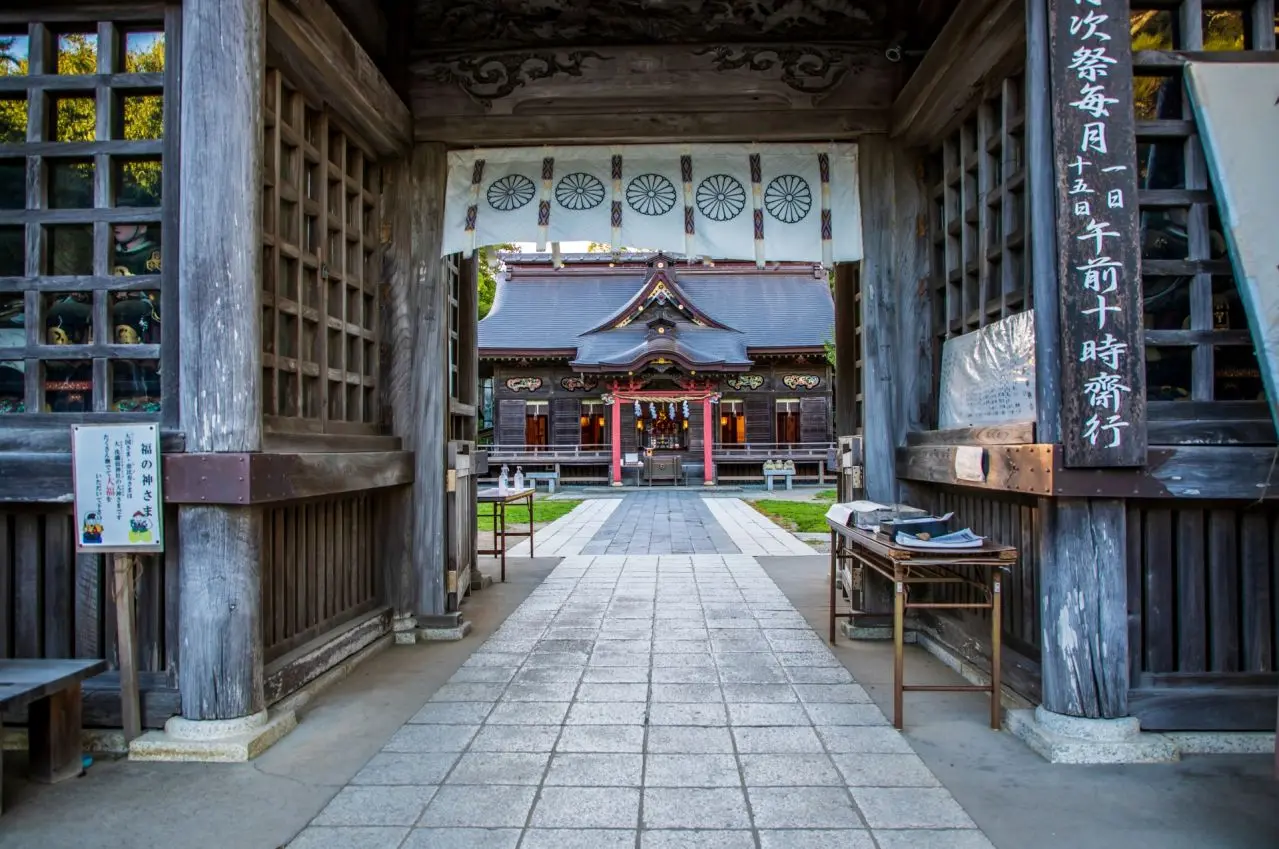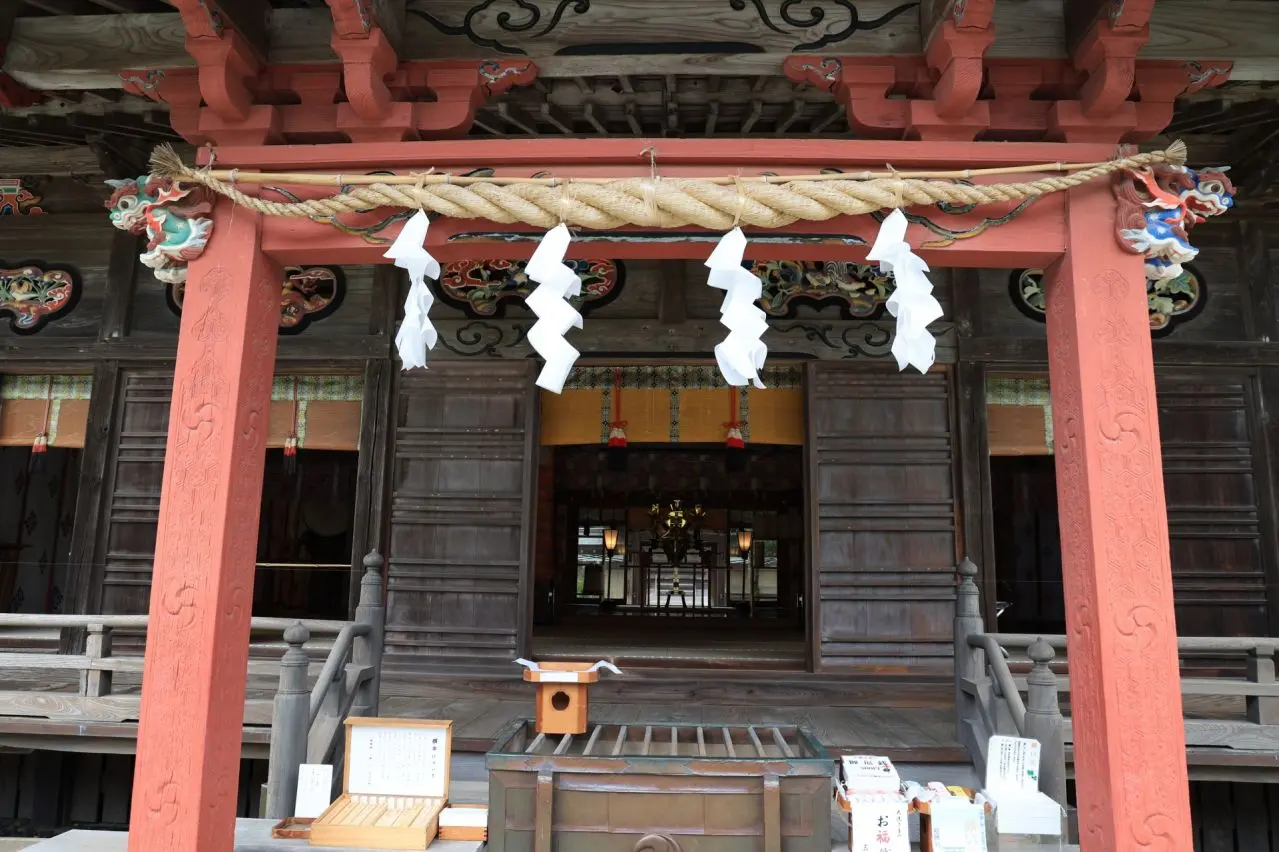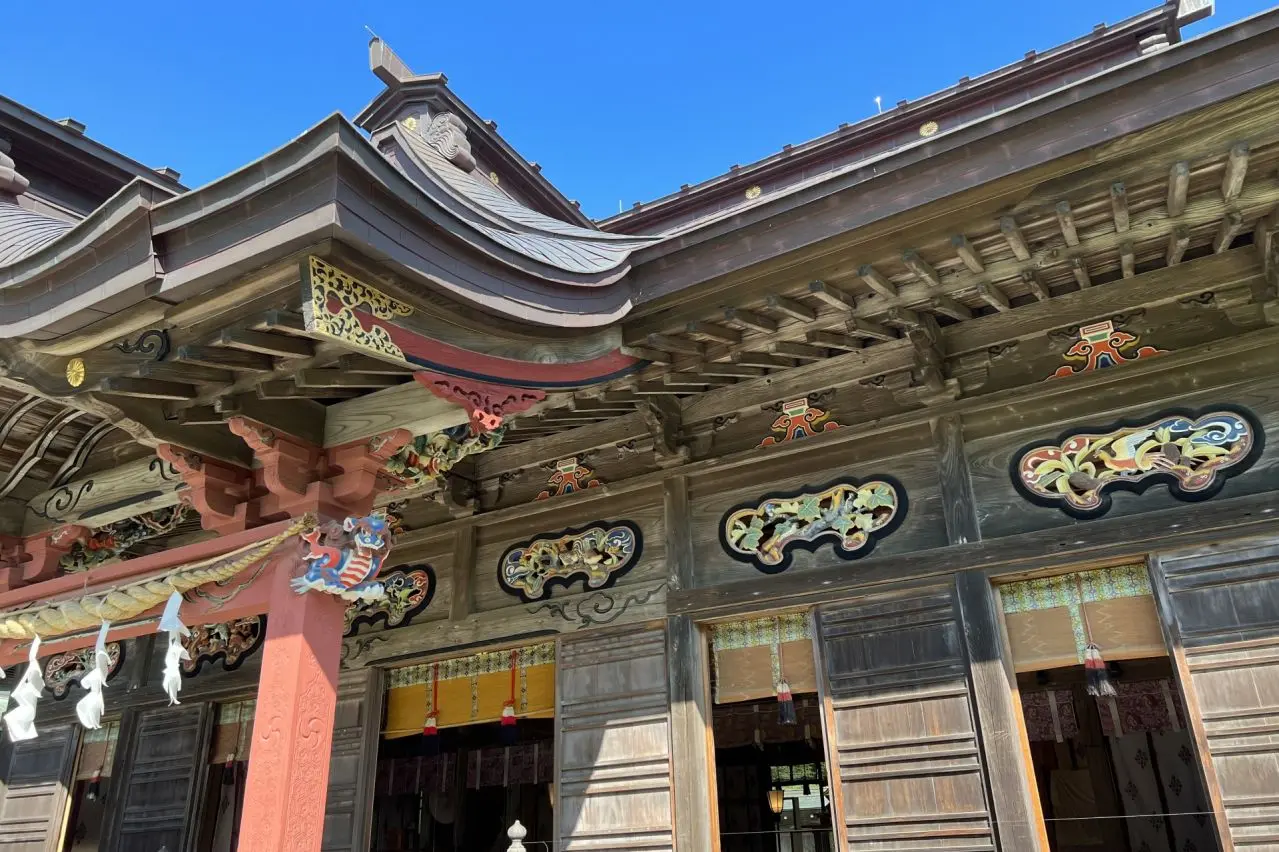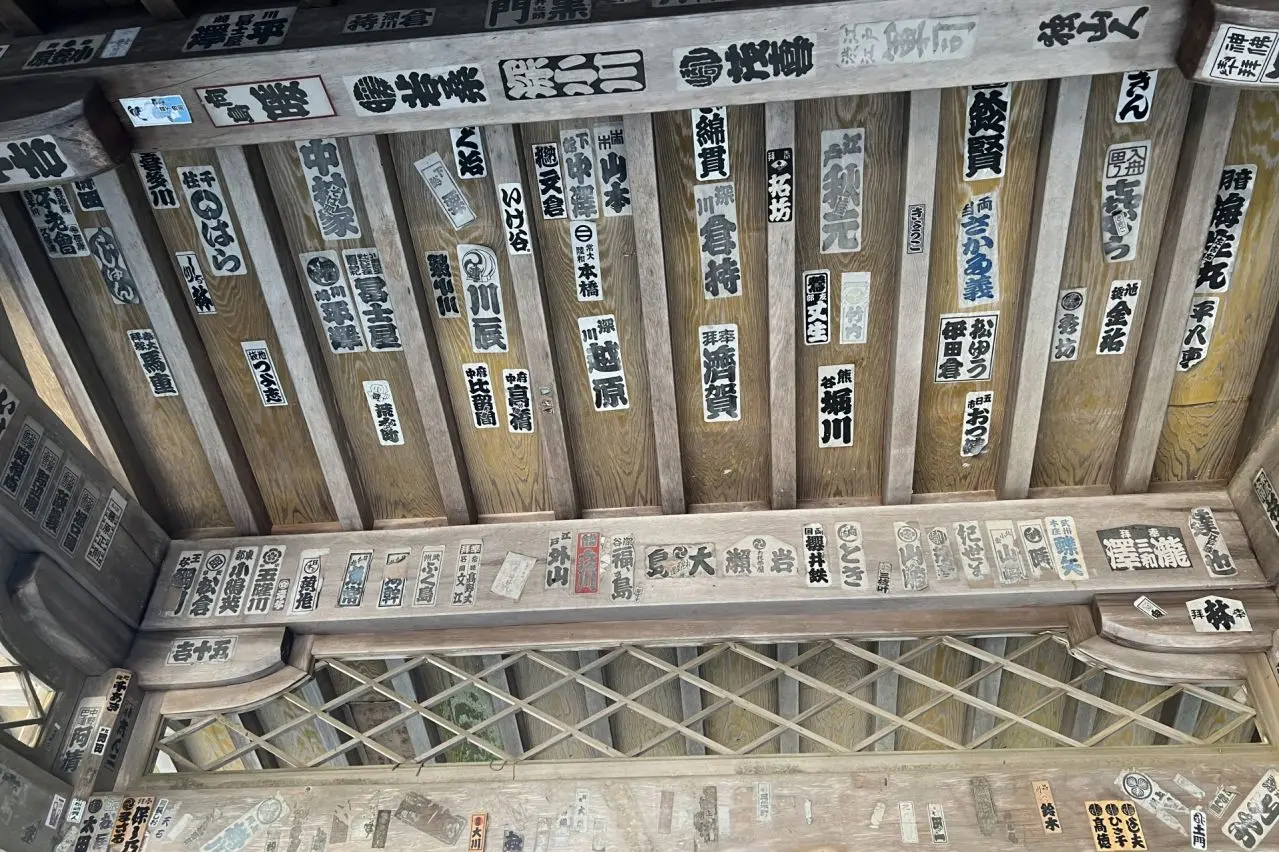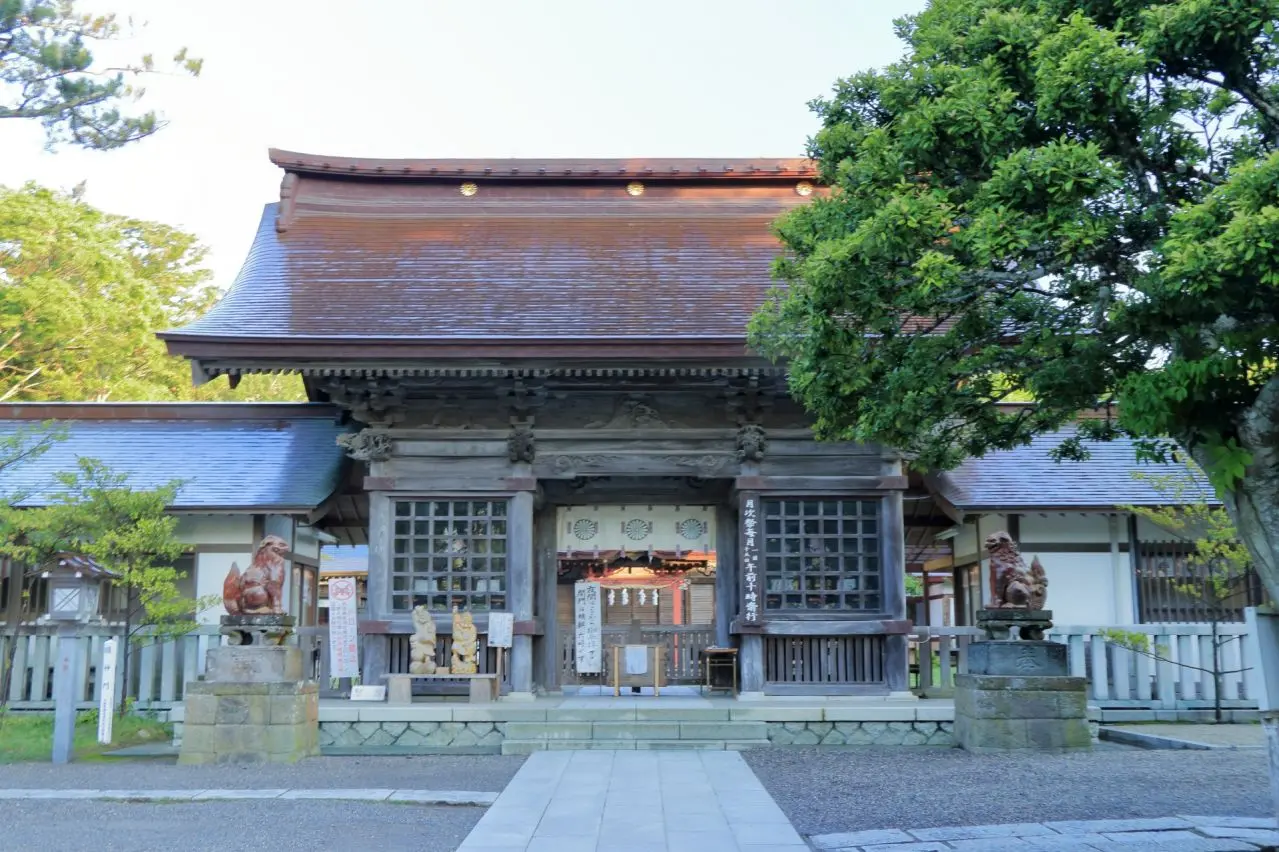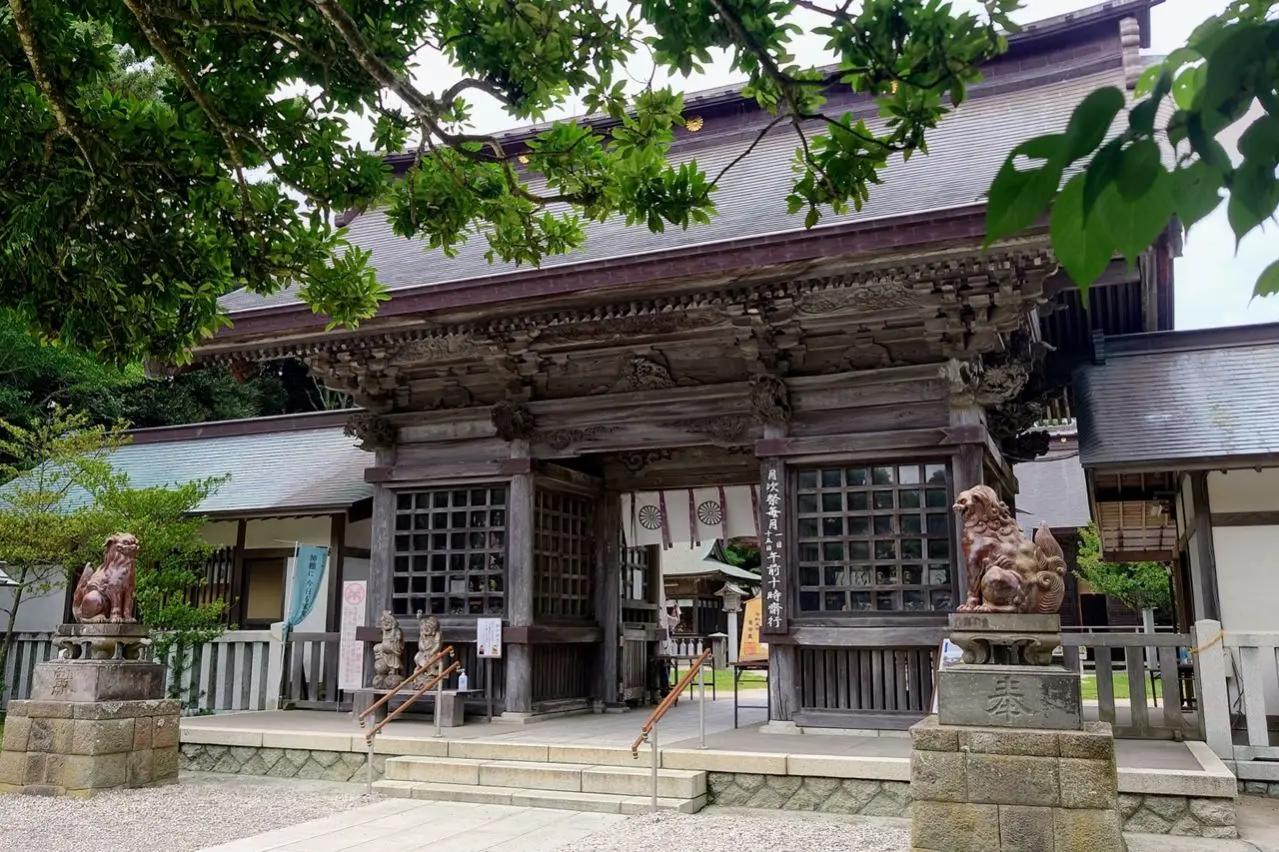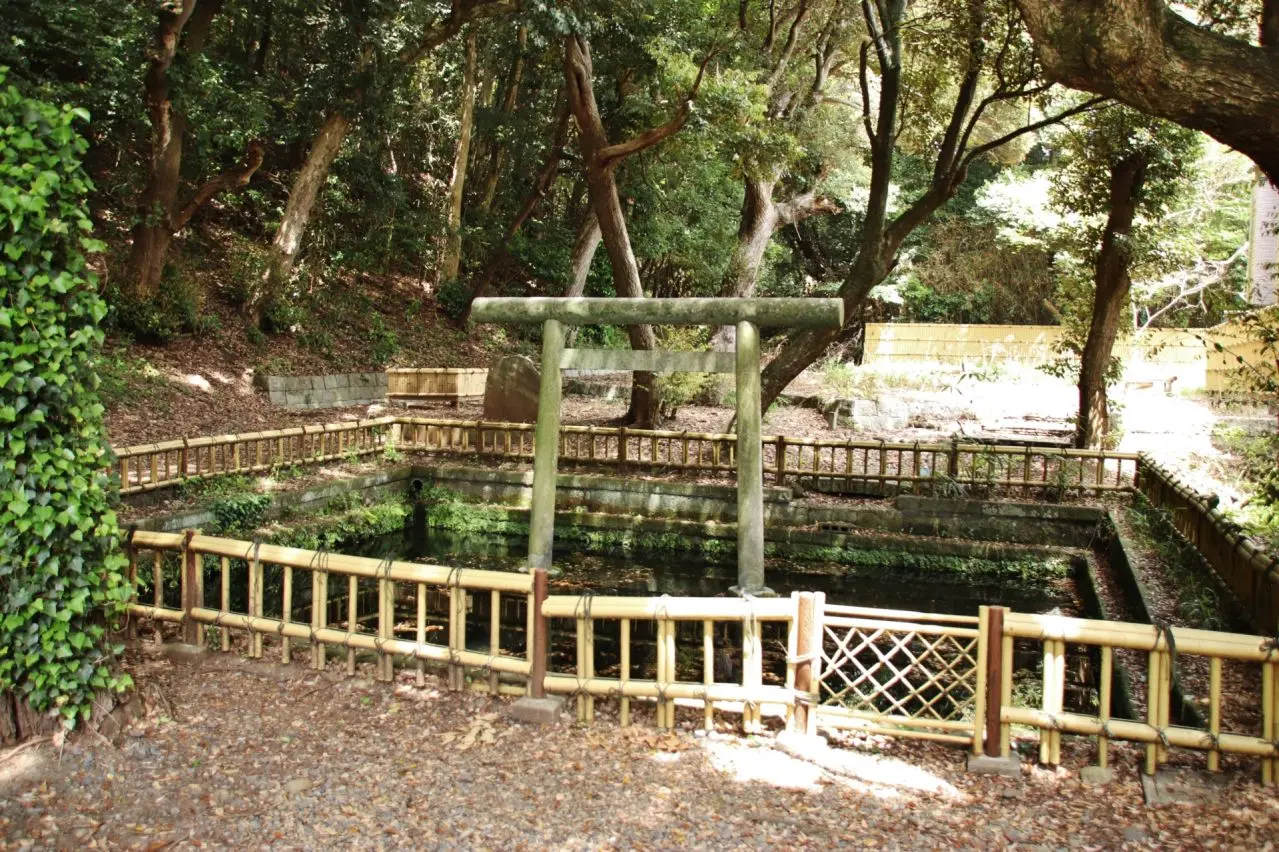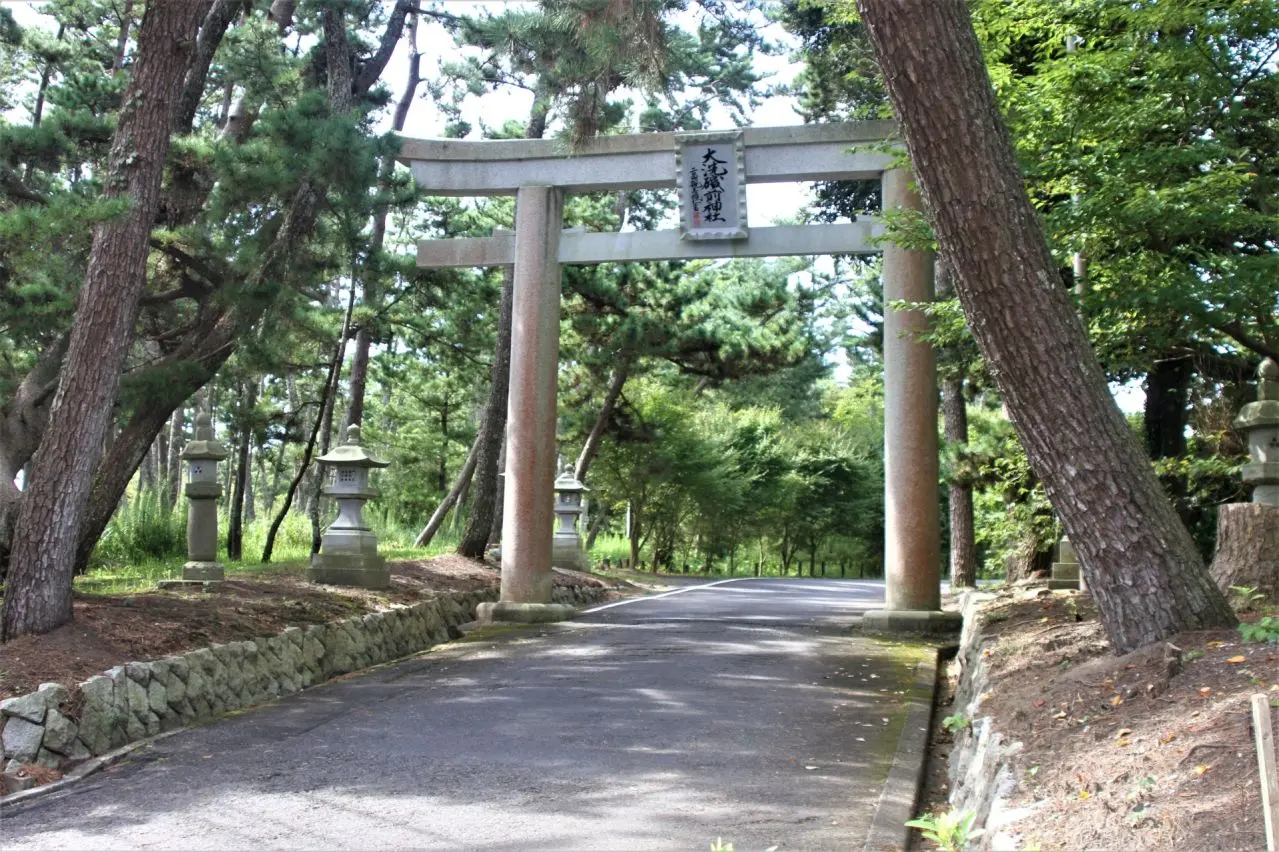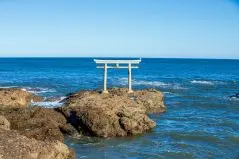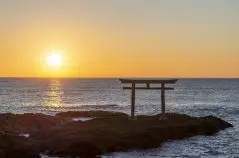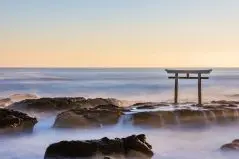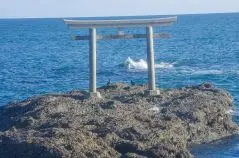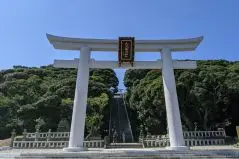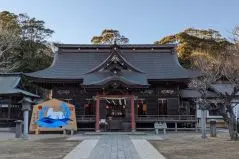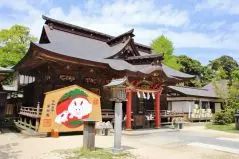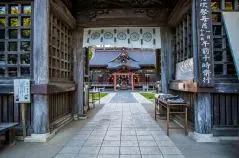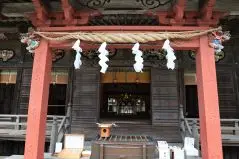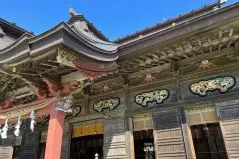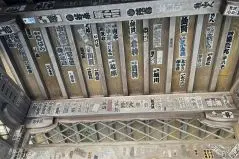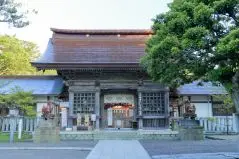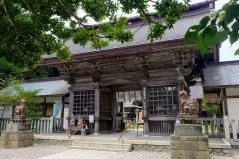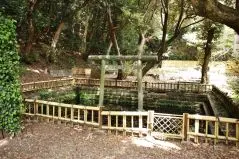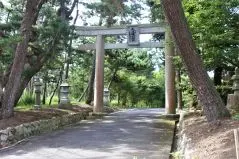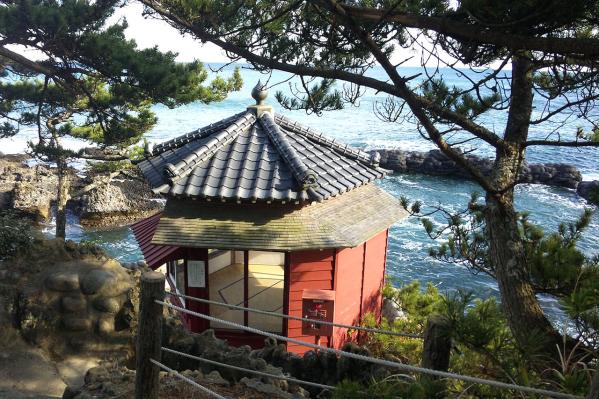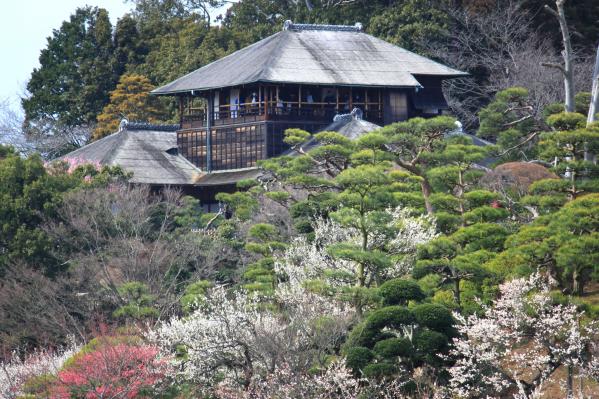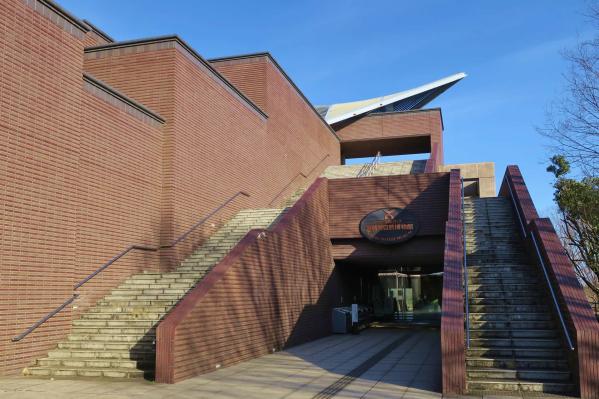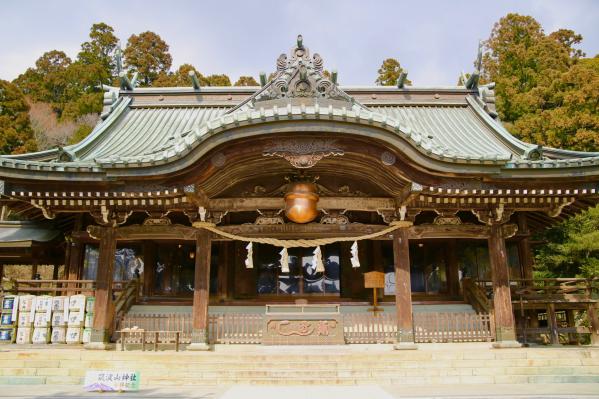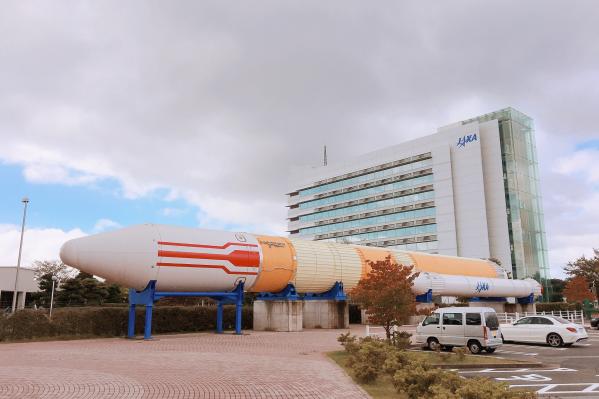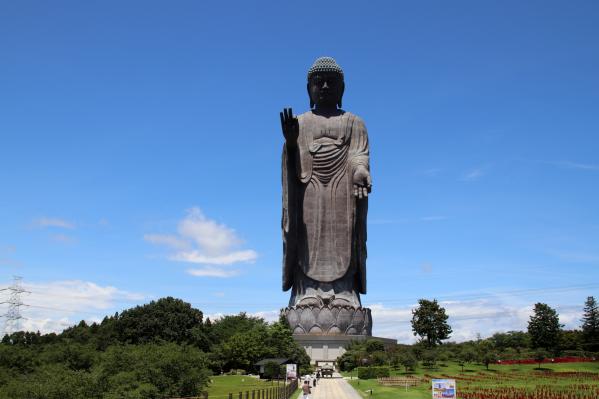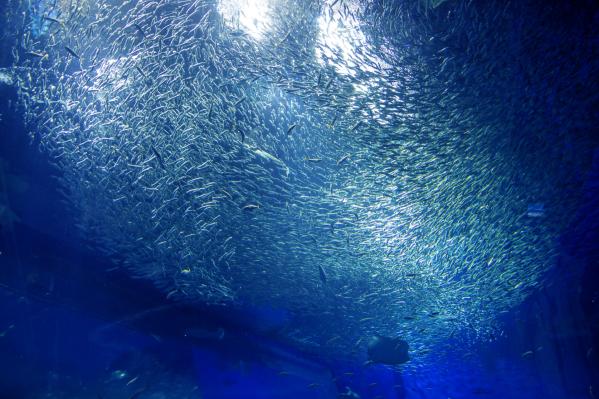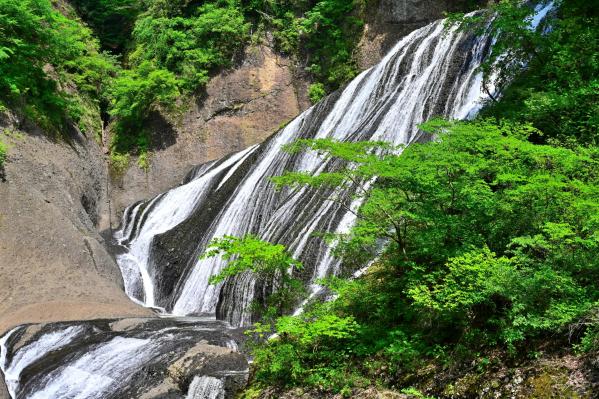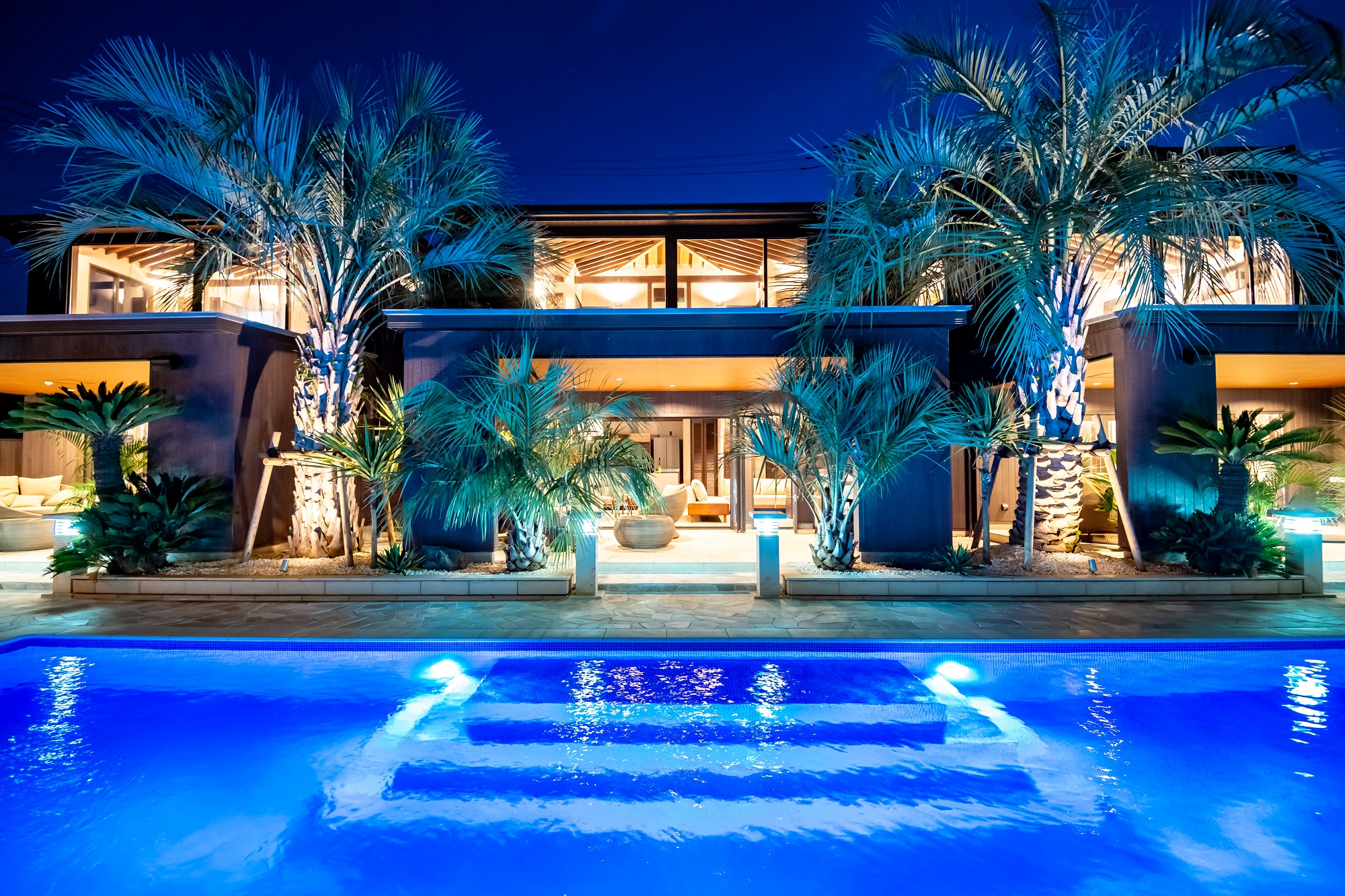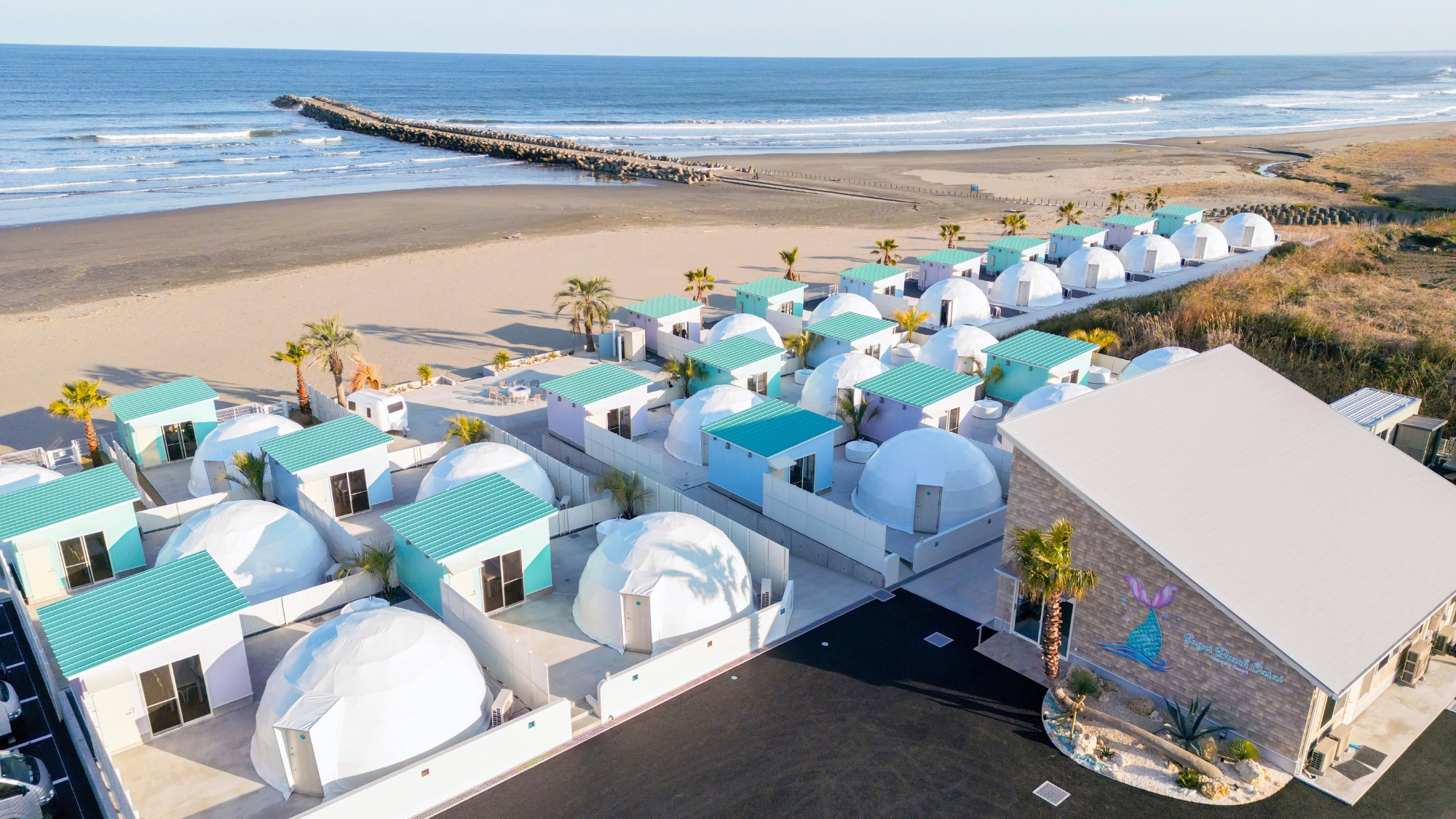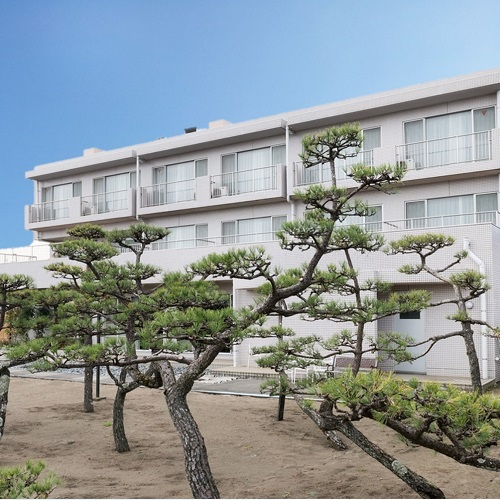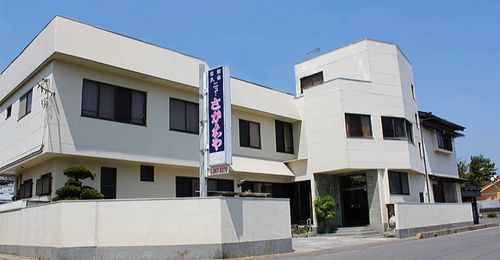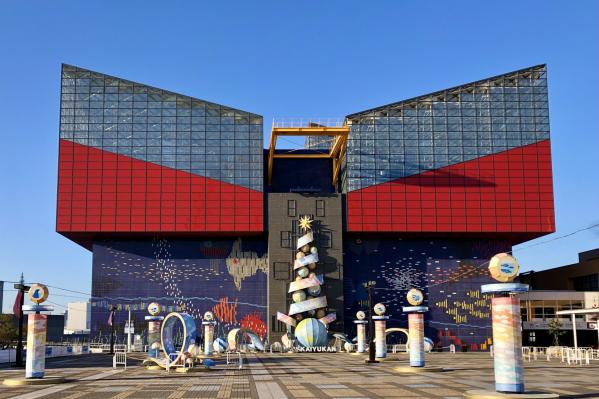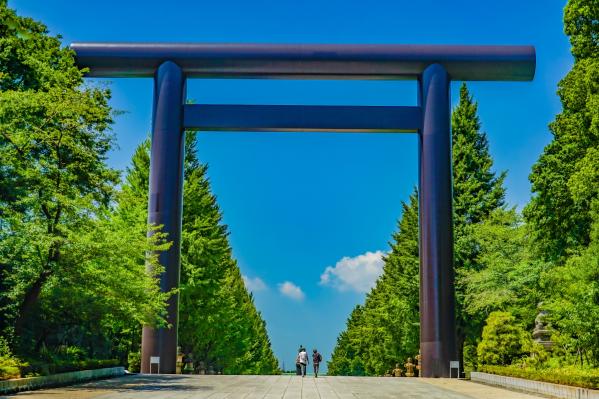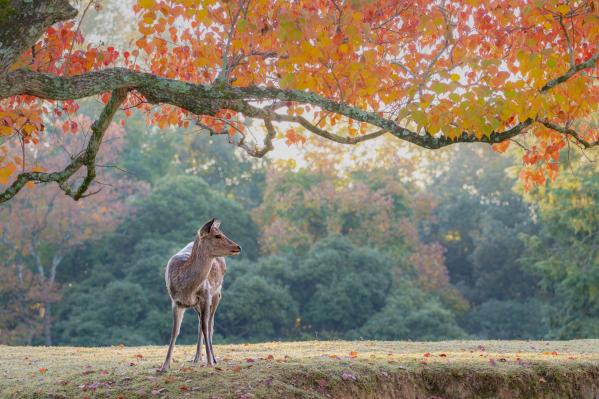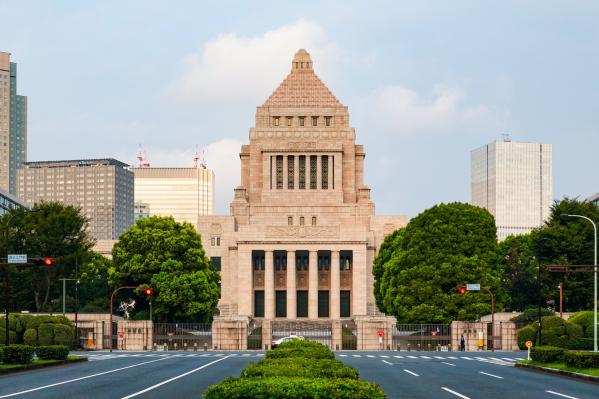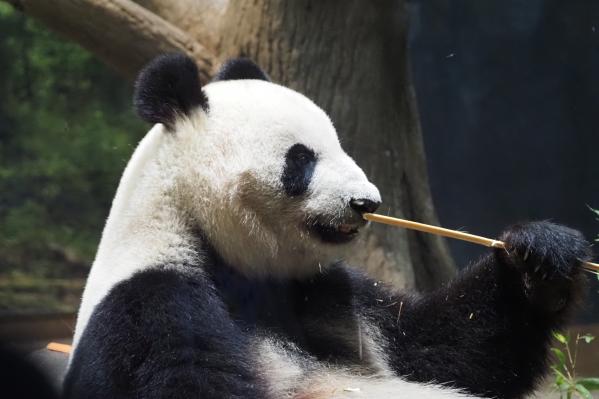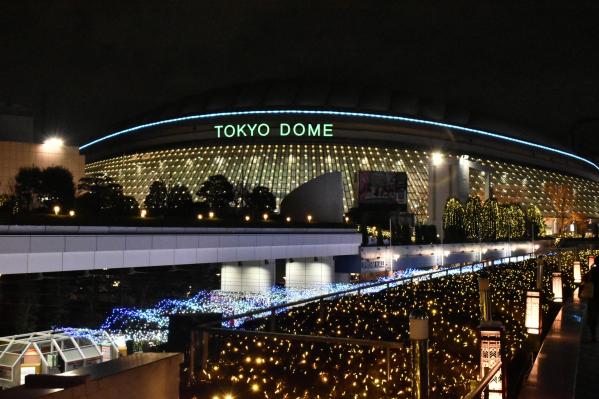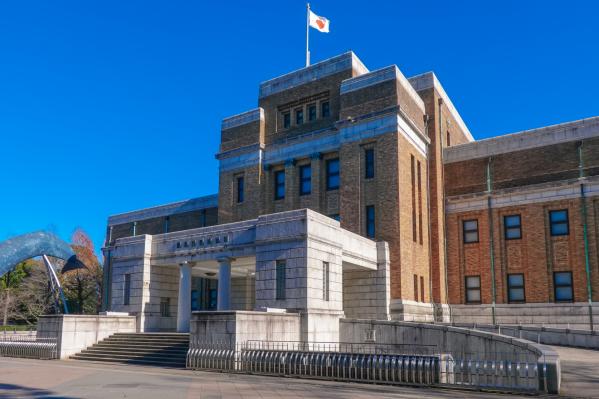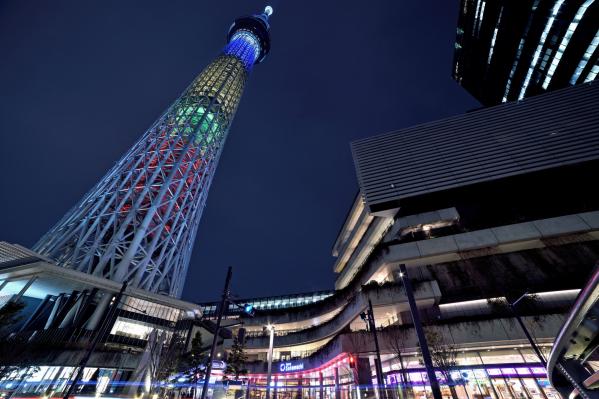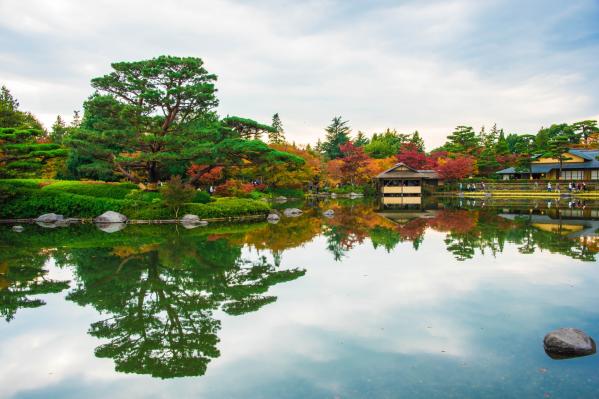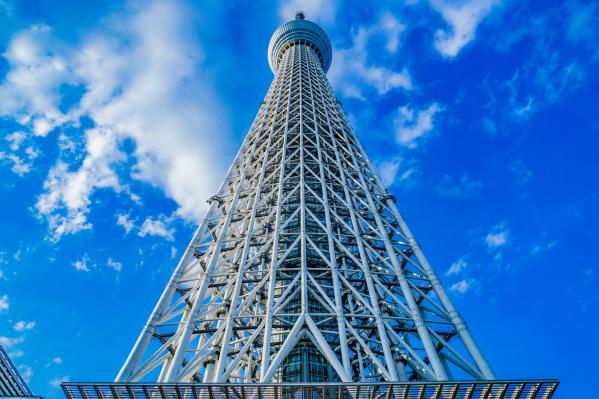Ooarai Isosaki Shrine
Basic Information
- Spot Name
- Ooarai Isosaki Shrine
- Location
- 〒311-1301 6890 Isohamacho, Oarai Town, Higashi茨城郡, Ibaraki Prefecture, Japan
- Access
- From Oarai Station on the Kashima Rinkai Railway Oarai Kashima Line, take the Ibaraki Kotsu Oarai Kaiyu Bus on the Aqua World Oarai route for 18 minutes, and get off at the Oarai Isosaki Shrine stop, which is right there.
- Parking
- Parking available
- Business Hours
- May to August: 5:30 AM to 6:00 PM
September to April: 6:00 AM to 5:00 PM
Prayer Reception: 9:00 AM to 3:30 PM
Issuance Office: 8:30 AM to 4:30 PM
Seal Issuance: 8:30 AM to 4:30 PM - Regular Holiday
- Open every day.
- Contact Information
- Phone Number:029-267-2637
- Official Website
Map
Detailed Information
Oarai Isosaki Jinja is an ancient shrine established in the Heian period, located on a hill at Cape Oarai in Oarai Town, Ibaraki Prefecture. It is said to have been founded in the 3rd year of the Saiko era (856 AD), and records in the "Nihon Montoku Tenno Jitsuroku" from that time indicate that the deities Oonamuchinomikoto (also known as Okuninushi) and Sukunahikonanomikoto descended upon the sacred rocks of Tokai. The two deities are believed to have worked together to enrich the land, promote medicine and industry, and save people from illness, leading to their widespread worship as the ancestors of medicine, gods of fortune, deities of marriage, and gods of knowledge and strength.
Oonamuchinomikoto, popularly known as "Daikoku-sama," is a benevolent god who grants prosperity and fortune. He is also famous for appearing in the myth of "Inaba no Shirousagi," where he healed a wounded white rabbit, earning him respect as a god of healing. Sukunahikonanomikoto is said to be small in stature and is believed to be the model for the fairy tale character "Inchomaru." He is regarded as a god of medicine who spread the use of medicinal practices and hot springs. It is said that the two deities returned to this land during a time of suffering caused by smallpox and famine, to "return to save the people."
The shrine's main building was destroyed during the Warring States period, but in the 3rd year of the Genroku era (1690), the second lord of the Mito Domain, Tokugawa Mitsukuni, ordered its reconstruction, which was completed in the 15th year of the Kyoho era (1730) during the reign of the third lord, Tokugawa Tsunashige. The current main shrine, worship hall, and gate for the guardian deities were rebuilt in the mid-Edo period and are designated as an important cultural property of Ibaraki Prefecture, representing the architectural style of the early Edo period. The main shrine features thatched roofing in a one-room style, while the worship hall is built in the irimoya style with intricate carvings, surrounded by a sacred forest that exudes the dignity and tranquility reminiscent of the Mito Domain era.
To the east of the shrine, facing the Pacific Ocean, stands the "Torii of Kamiso," where it is believed the deities descended. This torii, standing amidst the crashing waves, has a mystical aura, especially at sunrise, creating a breathtaking scene. During the winter solstice, many visitors and photographers gather to capture the stunning alignment of the torii and the morning sun. It is said that Tokugawa Mitsukuni praised this beautiful view.
The spring on the shrine grounds has long been known as "Mesarashi no I," a sacred water believed to be effective for eye ailments. During the Edo period, coastal hot spring treatments were also popular, bustling with people hoping for recovery from illness. Following the Great East Japan Earthquake in 2011, while tsunamis struck the shore, there were no reported human casualties around the shrine, and it is said that "sacred water" began to flow again, prompting many to visit and feel the divine protection.
Additionally, the shrine grounds include the "Oarai Marine Museum," which displays old fishing boats, fishing gear, documents related to the fishing industry, and specimens on whale evolution, making it a popular facility to learn about the history of Oarai intertwined with the sea.
In recent years, the shrine has also gained attention as a setting for the anime "Girls und Panzer." The grounds feature enormous ema (wooden plaques) depicting zodiac signs and character-themed itae (decorative plaques), attracting fans on pilgrimages to this holy site.
Oarai Isosaki Jinja is regarded as a powerful spiritual spot with numerous benefits, including fulfillment of love, safety in the home, good fortune, warding off misfortune, and maritime safety. The sacred landscapes, including the Torii of Kamiso, alongside the harmonious shrine building that conveys the elegance of the Edo period, provide solace and profound inspiration to all who visit.
Ooarai Isosaki Shrine Movies
Ibaraki Tourist Attractions
View ListKairakuen Garden
Kairakuen is one of Japan's three famous gardens, alongside Kenrokuen in Kanazawa and Korakuen in Okayama. Opened in 1842 by the 9th lord of the Mito domain, Tokugaw...
Museum Park Ibaraki Nature Museum
The Museum Park Ibaraki Nature Museum is one of Japan's largest nature experience museums, situated by the "Sugao Swamp," one of the largest natural conservation are...
Tsukuba San Shrine
Tsukuba Shrine is a historic shrine located on the slopes of Mount Tsukuba, a sacred peak in Tsukuba City, Ibaraki Prefecture, with a history of approximately 3,000 ...
JAXA Tsukuba Space Center
The JAXA Tsukuba Space Center, opened in 1972, is one of Japan's largest space development facilities. The vast grounds include research and development/testing faci...
Ushiku Daibutsu (Great Buddha)
The Ushiku Daibutsu (officially known as Ushiku Amida Buddha), located near the Ami-Higashi Interchange on the Ken-O Expressway, presents a colossal figure that boas...
Aqua World Ibaraki Prefectural Oarai Aquarium
Aqua World Ibaraki Prefecture Oarai Aquarium boasts the highest number of shark species in Japan, featuring about 580 species and 68,000 marine creatures on display ...
Fukuroda Falls
Fukuroda Falls is one of Japan's three major waterfalls, located in Daigo Town, Ibaraki Prefecture. It boasts a height of approximately 120 meters and a width of abo...
